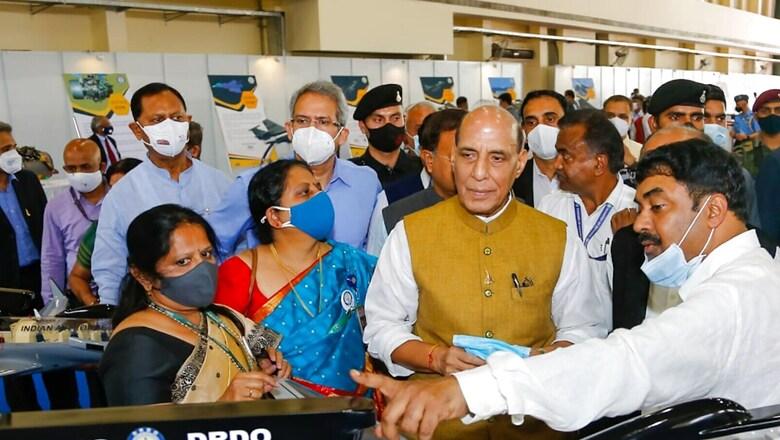
views
The Defence Research and Development Organisation (DRDO) under the Ministry of Defence (MoD) of the Government of India, was set up in 1958 and charged with research and development for Indian military systems. With a network of 52 laboratories that are engaged in developing defence technologies covering various fields like aeronautics, armaments, electronics, land combat engineering, life sciences, materials, missiles, and naval systems, DRDO is India’s largest and most diverse research organisation. It includes around 5,000 scientists and about 25,000 other subordinate scientific, technical, and supporting personnel. In 1982, the 52 labs were merged to form 30 laboratories and establishments. Many military officers and personnel have been working on deputation with the DRDO.
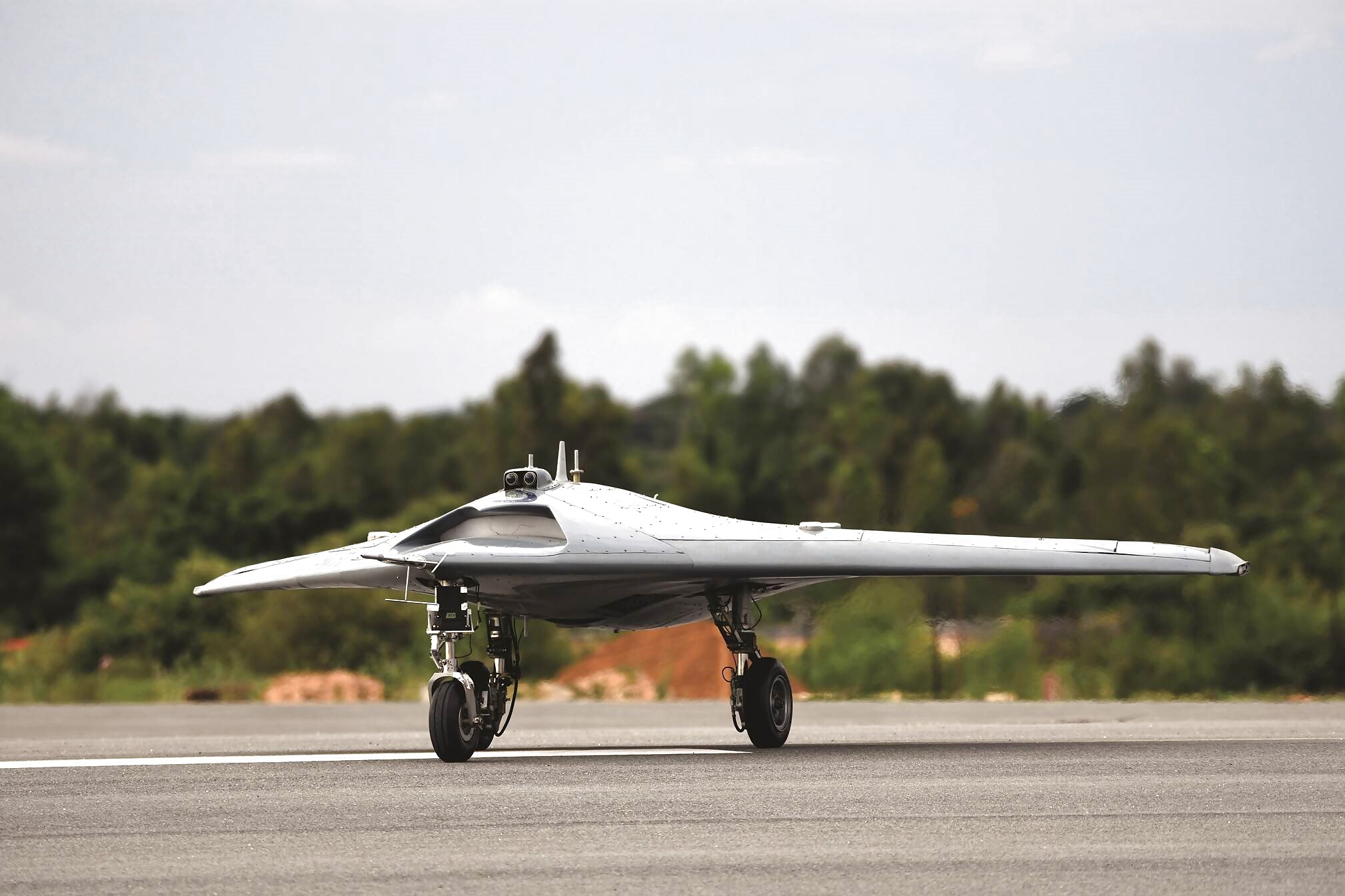
Historical Background
DRDO began the initial development of surface-to-air missiles (SAM) in the 1960s. It later became the Integrated Guided Missile Development Programme (IGMDP) in the 1980s. The program involved a comprehensive range of missiles, including the Agni re-entry technology, Prithvi ballistic missile, Trishul, Akash and Nag missiles. The program was completed in 2008. In 2010, a Defence Technology Commission was set up with the defence minister as its chairman. Since its establishment, the DRDO developed some other major systems and critical technologies such as aircraft, aircraft avionics, UAVs, small arms, artillery systems, EW Systems, tanks and armoured vehicles, sonar systems, command and control systems and missile systems. Despite years of R&D, India continued to import a bulk of its defence needs. More recently, the DRDO began working closely with the private sector, research and education institutes including IITs and NITs.
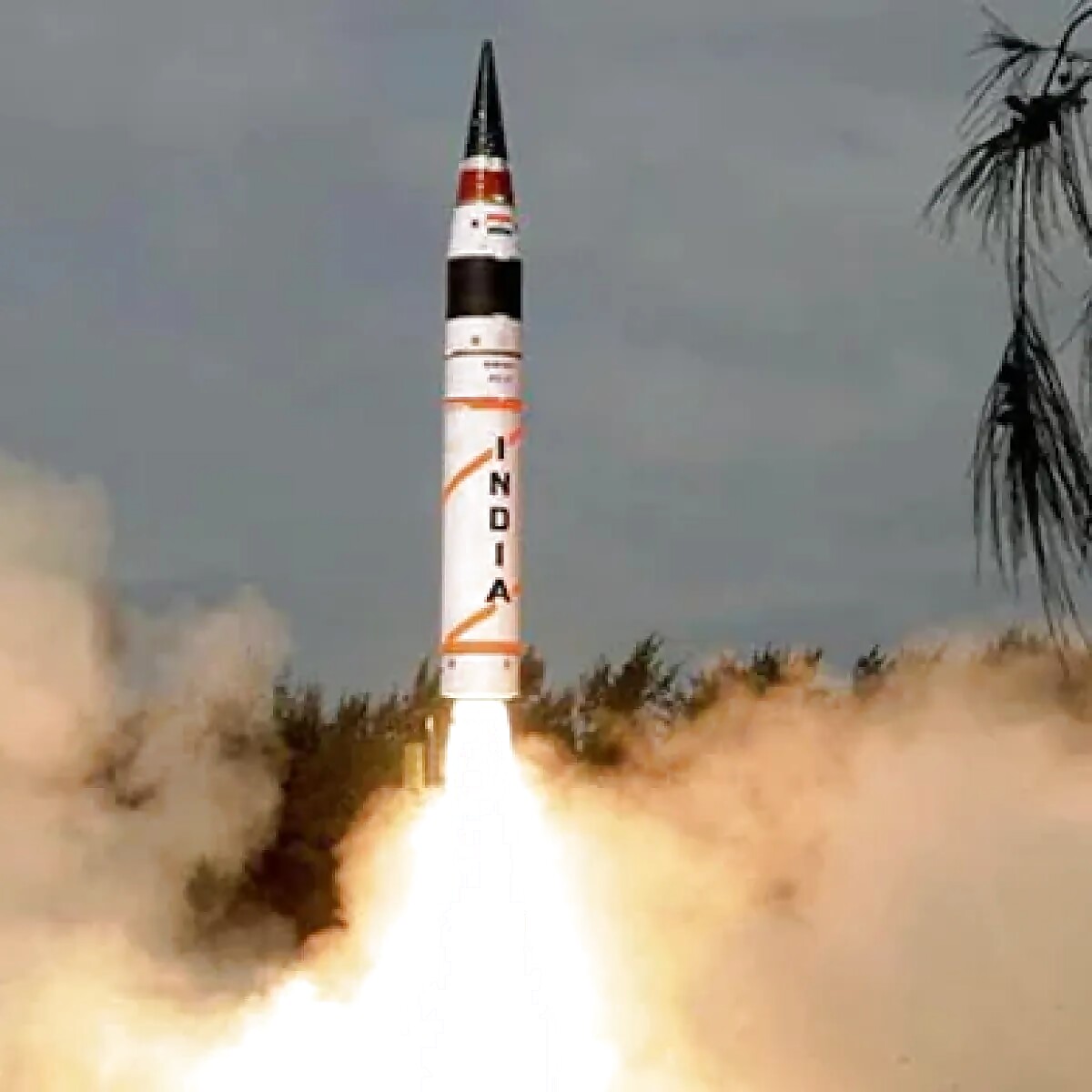
Agni Missile Series
The Agni missile is a family of medium to intercontinental range ballistic missiles. Agni missiles are long-range, nuclear weapons capable, surface-to-surface ballistic missiles. The Agni-I (1200 km) was developed under the IGMDP and tested in 1989. Later, it was designated as a special program. Some variants of the missiles are in service. The Agni V (8,000 km) is reportedly operational. Agni VI (12,000 km) is under development. Agni-Prime (Agni-P) is a medium-range ballistic missile with significant upgrades including a manoeuvrable re-entry vehicle (MaRV), improved propellants, navigation and guidance systems. It will be road mobile, solid-fuel MRBM, transportable by a truck and launched via a canister.
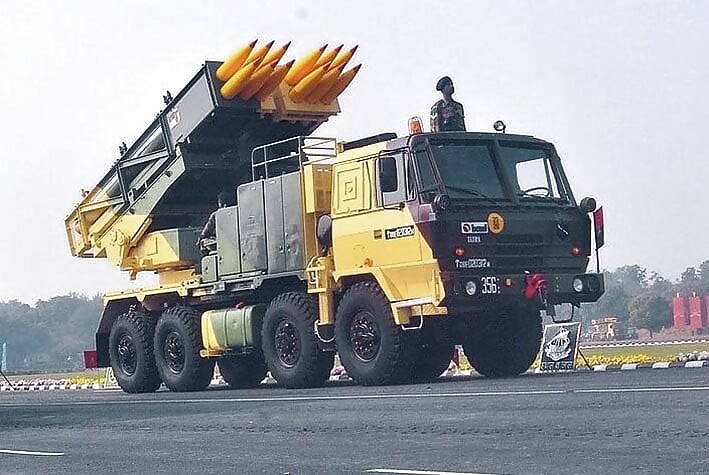
DRDO Successful Ground Systems
Indian forces are using numerous indigenous technologies produced by the DRDO. Among the ground systems are the Arjun MBT Mk IA, ‘Pinaka’ multi-barrel rocket launcher, 130 mm SP Vijayanta Catapult, HELINA (Nag) missile, 46-metre Modular Bridge, Armoured Recovery and Repair Vehicle (Arjun ARRV), Parachutes (including heavy drop), weapon locating radars, IR sensors, specialised foods, among many others. The Arjun Mk1A is under induction and the more advanced Arjun Mk2 Next Generation Main Battle Tank (NGMBT) is under development. An unmanned ground vehicle variant is also planned.
Akash is a medium-range (50 km), mobile, surface-to-air missile (SAM) system produced by Bharat Dynamics Limited (BDL) in large numbers for the Indian Air Force (IAF) and the Indian Army (IA). Bharat Electronics (BEL), Tata Power Strategic Engineering Division and Larsen & Toubro (L&T) are partners in the program.
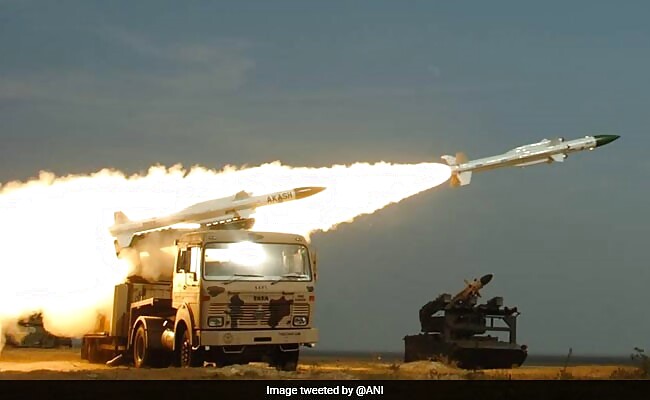
BrahMos and Astra Missiles
The BrahMos is a medium-range, stealth, ramjet, supersonic cruise missile that can be launched from submarines, ships, aeroplanes or land, notably being the fastest supersonic cruise missile in the world at the time of its introduction. It is a joint venture between the DRDO and Russia’s Mashinostroyeniya, who together have formed BrahMos Aerospace. The missile is based on the Russian P-800 Oniks supersonic anti-ship cruise missile. A hypersonic version (Mach 7-8), BrahMos-II, is under development and is expected to be ready for testing by 2024. Having become a member of the Missile Technology Control Regime (MTCR), new generation variants with an 800 km range (later 1500 km) and even better accuracy are under development.
Astra is an all-weather, supersonic, beyond-visual-range (110 km) air-to-air missile by the DRDO, integrated into the IAF Sukhoi Su-30MKI. These will also come onboard Dassault Mirage 2000, HAL Tejas and Mikoyan MiG-29 in the future. The longer-range Mk2 variant is also under testing. There is a vertical launch variant surface-to-air missile version for Indian Navy.
Airborne systems and Ground-Based Radars
The Aeronautical Development Agency (ADA) was set up under the DRDO to manage fighter aircraft development. With the success of Light Combat Aircraft (LCA) ‘Tejas’, India’s fighter aircraft production eco-system is now in place. More advanced variants like LCA Mk1A and Mk2, Twin Engine Deck Based Fighter (TEDBF) are under development. Also under development is the fifth-generation, stealth, Advanced Medium Combat Aircraft (AMCA).
DRDO also successfully integrated the ‘Netra’ AEW&C aircraft. DRDO’s Electronics and Radar Development Establishment (LRDE) along with primary production partners BEL and various private firms like Mistral Solutions in Bengaluru, Astra microwave in Hyderabad and Data Patterns in Chennai have made a variety of ground-based radars. These include a variety of battlefield surveillance, fire control, and medium-power radars. They are now integrating the active electronically scanned array (AESA) radar ‘Uttam’ on LCA. A large and more powerful variant of the radar is being developed for LCA Mk2, Su-30 MKI, and AMCA. The DRDO is also working on an electronic warfare suite, Head-Up Displays, airborne IR systems, and pilot support systems, among others. DRDO labs are also working on precision munitions.
DRDO UAVs
‘Rustom’ Medium Altitude Long Endurance unmanned air vehicle (UAV) is being developed by DRDO for the three services. These will have short endurance tactical variant, and a larger 24-hour endurance TAPAS-BH-201 (Rustom-2). ‘Ghatak’ autonomous jet-powered stealthy unmanned combat air vehicle (UCAV) is being developed for the IAF. The flying-wing concept craft will be powered by a turbofan engine. It will have an internal weapons bay. The first flight of a scaled down test bed was carried out in July 2022.
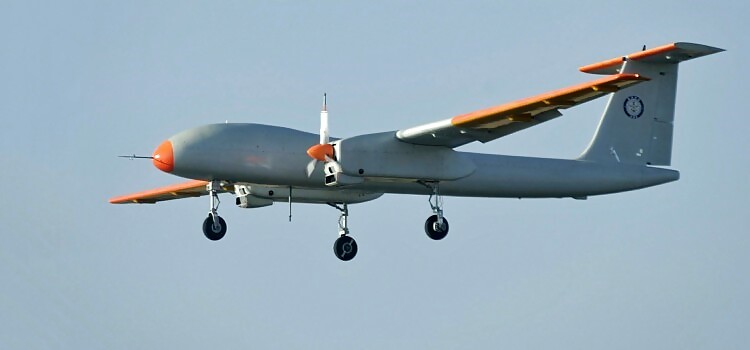
Aero-Engine
DRDO’s Gas Turbine Research Establishment (GTRE) has been working on a fighter aircraft engine for many decades. The GTX-35VS Kaveri developed by GTRE was meant to power the LCA. However, the program failed to satisfy the necessary technical requirements and was de-linked from the aircraft. There are very few aero-engines manufacturers in the world and they closely guard technologies. DRDO is now looking for a foreign partner. Success in aero-engine is most important. A national-level task force must run this project.
Naval Systems
The Naval Systems & Materials (NS&M) Cluster comprises of six laboratories with headquarters at Visakhapatnam. They develop underwater sensors and surveillance systems; underwater weapons and associated systems; Air Independent Propulsion systems; protection technologies for marine platforms among others. In addition to the ship-based radars and missile systems derived from land variants, the Varunastra is an Indian advanced heavyweight anti-submarine torpedo developed by NSTL and manufactured by Bharat Dynamics Limited. NSTL also developed the Maareech Advanced Torpedo Defence System. USHUS is an integrated sonar system. The Advanced Light Torpedo (TAL) Shyena has also been developed and exported.
Electronic Warfare
DRDO’s Combat Aircraft Systems Development & Integration Centre (CASDIC) develops many avionics and airborne electronic warfare systems. Samyukta is a mobile integrated electronic warfare system developed jointly by DRDO, BEL, Electronics Corporation of India Limited, and Corps of Signals of the Indian Army. Programme SAMUDRIKA aims at the design and indigenous development of a family of Seven Electronic Warfare Systems meeting the requirements of Navy for different platforms. Among the airborne systems developed is the ‘Tarang’ RWR, ESM systems, and internal EW systems for Jaguar, among others.
ASAT
On March 27, 2019, India tested the anti-satellite weapon (ASAT) codenamed Mission Shakti. The target of the test was a satellite present in a low Earth orbit, which was hit with a kinetic kill vehicle, which was a modified anti-ballistic missile interceptor Prithvi Defence Vehicle Mark-II. The test made India the fourth country after the United States, Russia and China to have tested an ASAT weapon. The test also gave India the capability to intercept an intercontinental ballistic missile (ICBM).
DRDO Supports Gaganyaan Mission
DRDO is working closely with the Indian Space Research Organisation (ISRO) on India’s crewed orbital spacecraft project ‘Gaganyaan’ for critical human-centric systems and technologies like space-grade food, crew healthcare, radiation measurement and protection, parachutes for the safe recovery of the crew module and fire suppression system etc.
Transfer of Technology to Private Sector
In September 2019, DRDO formulated the ‘DRDO Policy and Procedures for Transfer of Technology’ and released information on ‘DRDO-Industry Partnership: Synergy and Growth and DRDO Products with Potential for Export.’ During the Vibrant Goa Global Expo and Summit 2019, DRDO signed technology transfer contracts with 16 Indian companies, including 3 start-ups, to produce products for the IAF. DRDO under Development cum Production Partner programme (DcPP) allowed the handholding of domestic private sector industries to improve their development and production cycle of complex defence systems. VL-SRSAM (Vertical Launch-Short Range Surface to Air Missile) and Advanced Towed Artillery Gun System (ATAGS) became some of the successful projects of this program. Kalyani Group is developing the DRDO ATAGS.
In December 2021, HAL secured an order for the manufacturing, assembly, integration, testing and supply of DRDO Abhyas from the Aeronautical Development Establishment. Abhyas is a high-speed expendable aerial target (HEAT). The order will be completed under DcPP with a private sector industry. In December 2021, Ashok Leyland also signed a partnership agreement with Combat Vehicles Research and Development Establishment (CVRDE) to develop 600 hp engines for Future Combat Vehicle Program.
In December 2021, Instruments Research and Development Establishment (IRDE) transferred technologies for developing a border surveillance system to the Indian private sector company Paras Defence and Space. Defence Institute of Physiology and Allied Sciences (DIPAS) transferred technology to manufacture extreme cold weather clothing system to RHD Business Services, SBNX Innovation, Shiva Texyarn Limited, Kusumgar Corporates and Ginni Filaments Limited. Clearly, the public-private partnership has been given a fillip. Much more still needs to be done, and is expected to unfold.
Roadmap Ahead
While addressing the DRDO fraternity on January 2, 2020, Prime Minister Narendra Modi had said, “DRDO should work on a medium and long-term roadmap in this decade and should start defining actionable points within a set timeframe.” DRDO has made a roadmap for 2021-2030 for all its laboratories and establishments.
DRDO’s targets in the coming decade include airborne platforms such as the LCA Mk2, TEDBF, AMCA, Remotely Piloted Strike Aircraft (RPSA), HALE UAVs, and air-launched UAVs. DRDO is working on India’s first indigenous aircraft ejection seat, and also more advanced parachute systems. DRDO will also give a bash at 110 kN thrust class aero-engine. They will look at next-generation armaments including propellants. Ground-based and airborne directed energy weapons will be an area of focus and will include high-powered lasers. Sensor data fusion and electronic warfare will be another area. Secure aerial data links and advanced surface and sub-surface communications and regenerative satellite payloads will be developed. DRDO will also look at detection and protection from Nuclear Biological and Chemical (NBC) threats. Hybrid exoskeleton systems for ground and space applications are an area of research. Long-range SAMs and hypersonic cruise missiles hopefully will be accelerated. Artificial Intelligence (AI) and microchips is another area of DRDO focus. Stealth materials and design is another important area. These would also include low-observable materials and low IR signature. DRDO also needs to increase interaction with academia and the private sector.
DRDO had a huge presence at Aero India 2023. The success of the DRDO projects is crucial for India’s atmanirbharta in defence production. What matters is the number of systems actually inducted in the armed forces. For strengthening R&D in Defence, the allocation to DRDO has been enhanced by 9 percent, with a total allocation of Rs 23,264 crore for 2023-24. The DRDO must work towards deliverable systems for every Rupee spent. The time to act is now, lest it becomes too late.
The writer is Director General, Centre for Air Power Studies. Views expressed are personal.
Read all the Latest Opinions here




















Comments
0 comment